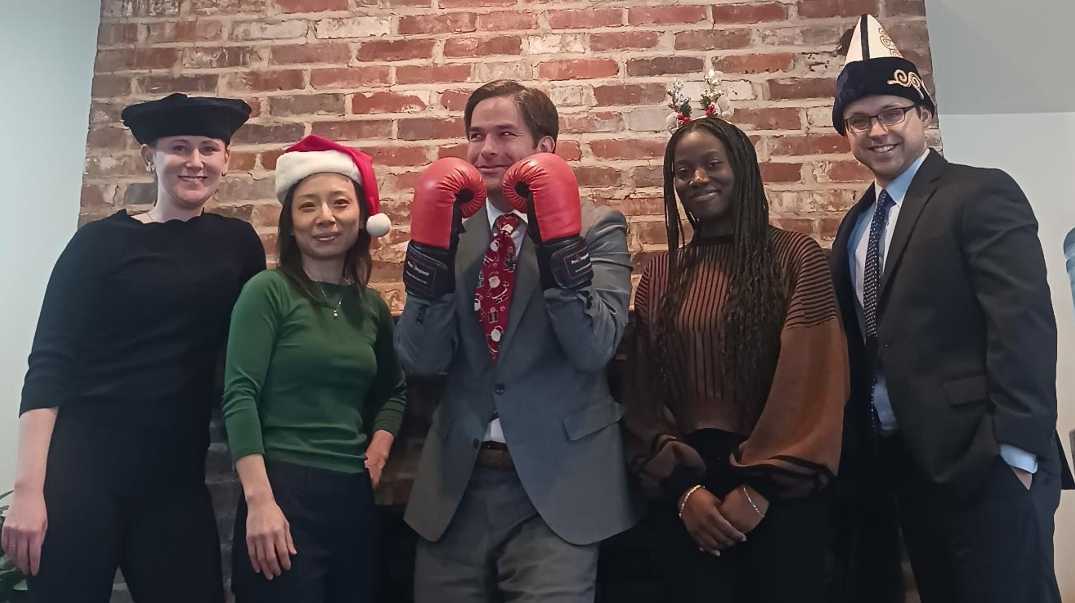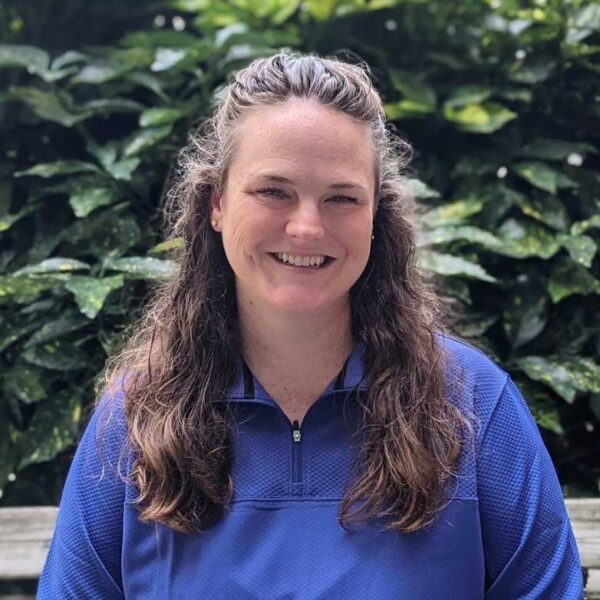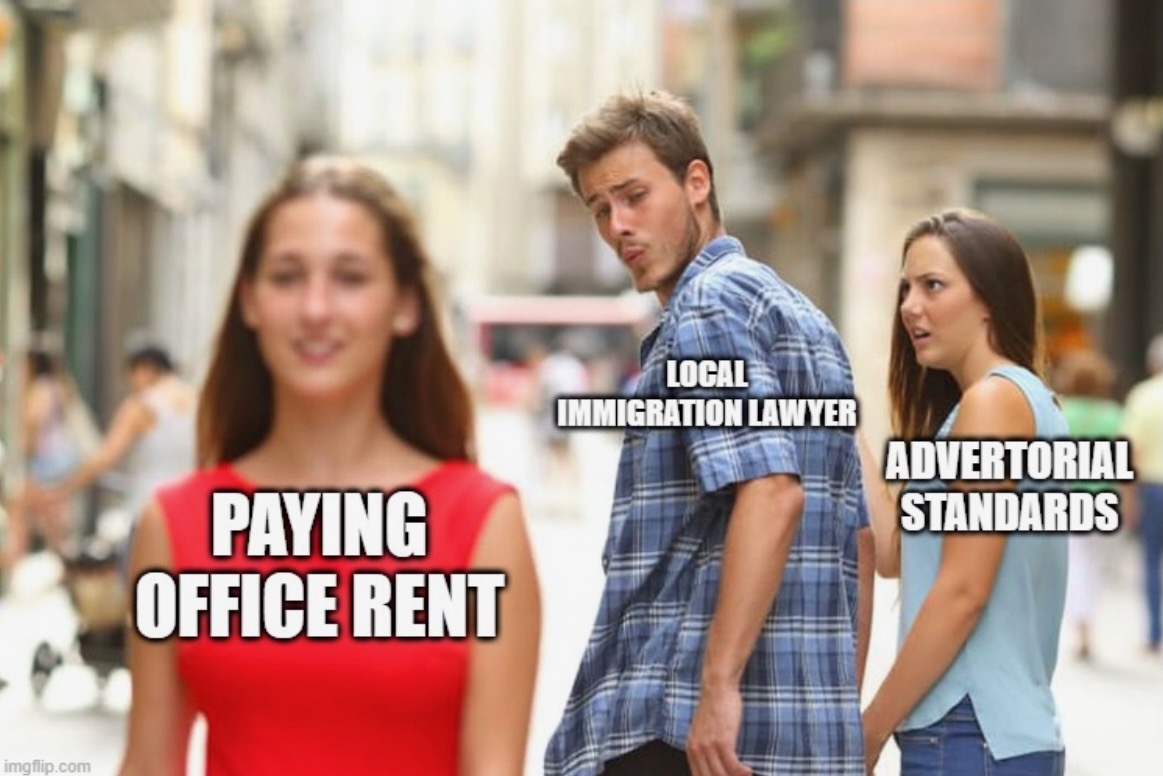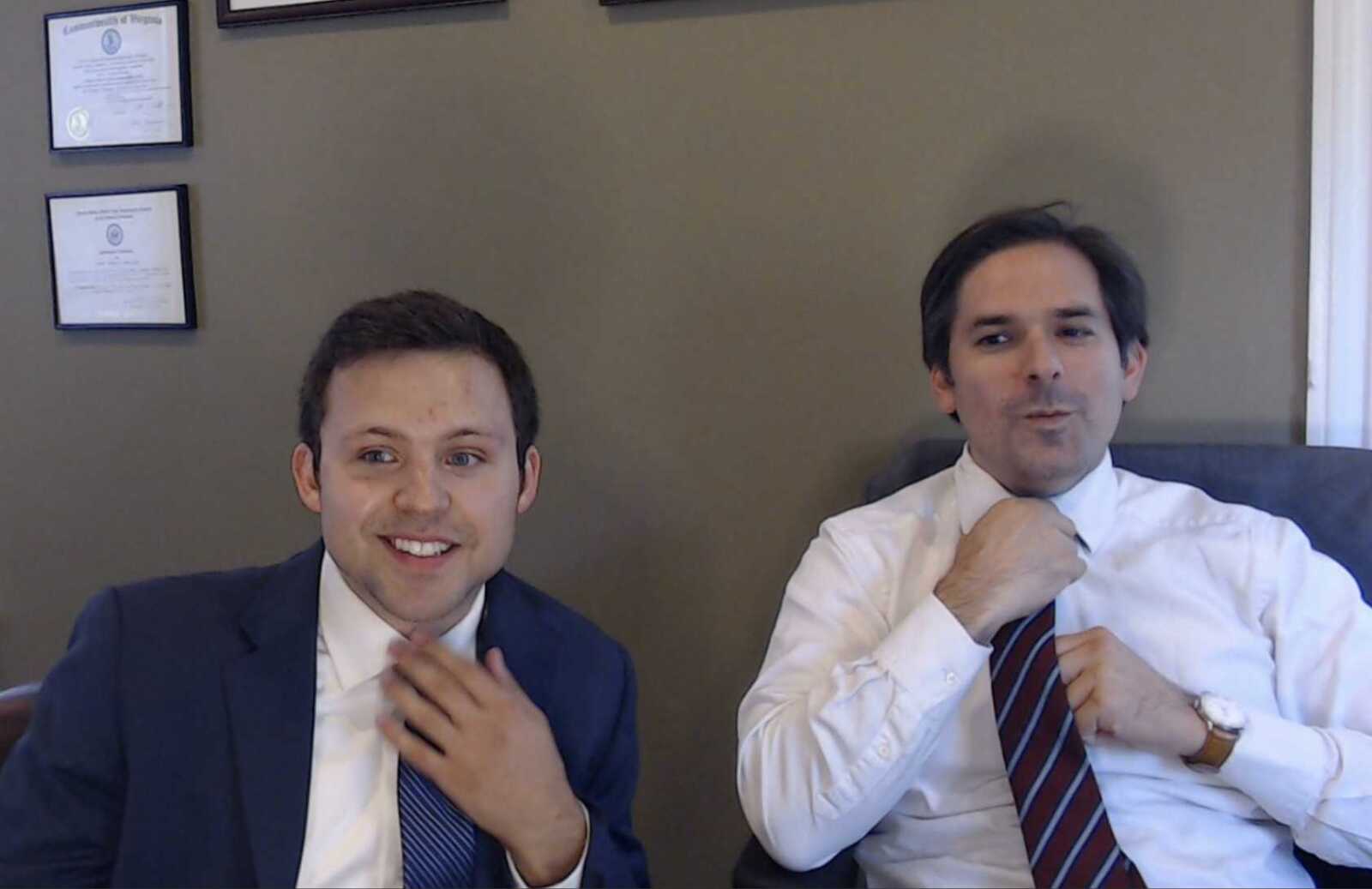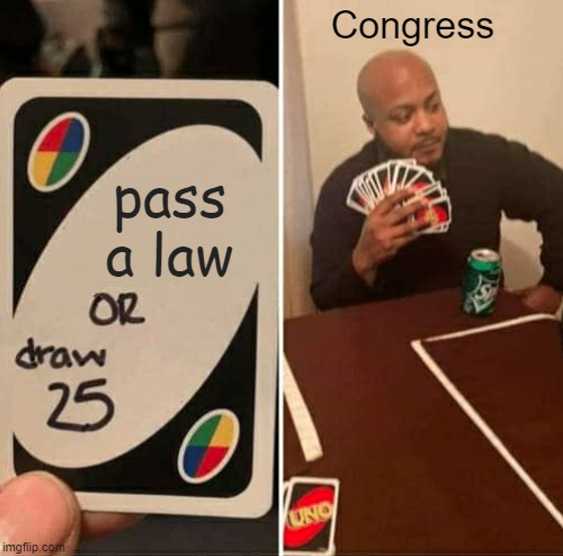This sponsored column is by Law Office of James Montana PLLC. All questions about it should be directed to James Montana, Esq., Doran Shemin, Esq., Janice Chen, Esq., and Austen Soare, Esq., practicing attorneys at The Law Office of James Montana PLLC, an immigration-focused law firm located in Falls Church, Virginia. The legal information given here is general in nature. If you want legal advice, contact us for an appointment.

What’s going to happen in the world of immigration law this year? We’re here with our predictions — and here to eat humble pie about how wrong we were last year the last time we tried our hand at prognostication.
Without further ado, here are our predictions for this year.
Prediction 1: Congress will pass a Border/Ukraine stopgap bill which slightly, theoretically tightens the process for applying for asylum; the new law will have little practical effect.
According to well-sourced immigration reporters at The Washington Times and The New York Post, the framework currently under discussion includes the following provisions:
- Capped border flows at a relatively high level (5,000 entrants per day = just under 2M per year), after which enhanced expulsion powers would come into effect.
- Government-funded representation for unaccompanied minors in removal proceedings.
- The “credible fear” standard for initial interviews of asylum seekers at the border will be replaced by a higher “reasonable possibility” standard.
We are extremely skeptical that such a bill will become law in its current form. Why?
- When was the last time you saw a federally-funded expansion of the right to counsel — which, as we’ve previously pointed out, immigration court defendants currently do not have — for indigent defendants?
- The proposed caps on border flows are remarkably high. The caps, as best we can tell, would only apply to those who approach border crossing points to seek a credible fear interview, and not to those who attempt to enter without inspection. (To be clear: this is speculation based on leaks: the text of the proposed legislation hasn’t been made public, and the drafters deny that it is accurate.)
- In a sample month last year — September 2023 — only about 50,000 encounters happened at border crossing points; that’s less than 2,000 per day. If our interpretation of the data is correct, capping entries at 5,000 per day is like sensibly limiting yourself to eight drumsticks at Thanksgiving. Immigration hawks aren’t fools.
Instead, we predict that a much less ambitious bill will become law.
- We predict that the “credible fear” standard will be replaced by the “reasonable possibility” standard. In theory, this would lead to asylum seekers being denied the right to a hearing if a border official finds that the asylum seeker has a 49% chance (or less) of prevailing on the merits. In practice… well, read on.
- We predict that the President’s authority to exercise parole will be capped in some way — perhaps an annual cap on total admissions. The Biden Administration’s vigorous use of parole to admit nationals of particular countries would thereby be curtailed.
- We predict that DHS will get more funding. DHS funding is the cowbell of immigration legislation. If the American voter wants more cowbell, we should probably give him more cowbell!
Prediction 2: Net flows will remain high.
If we’re right about the shape of proposed legislation, there should be very little change in actual flows. It’s one thing for Congress to make pronouncements about “reasonable possibility” rather than “credible fear,” but it’s quite another thing for actual human beings — in this case, CBP officials — to enforce the new policy. CBP is in the unenviable position of adjudicating thousands of asylum claims per day using non-attorney staff in a constantly shifting legal and physical landscape. It is unreasonable to expect technical changes at the top to filter down quickly or clearly.
Prediction 3: There is a Presidential Election in November.
After the compromise passes — as we hope it will, in some form, to support Ukraine’s fight for independence — there won’t be any serious changes to immigration policy until 2025, because there’s a presidential election in November, and that tends to freeze all serious discussion in Congress.
Should you trust our predictions? The evidence suggests… maybe!
In January 2022, we made three big predictions.
- USCIS will raise its fees. Boy, were we wrong! USCIS didn’t raise its fees in 2022 or But this year — this year it’s going to happen!
- Immigration Courts will be open for business post-COVID. We were right about that, but, in fairness to us, that was an easy call.
- Asylum Backlogs will get worse. We were right about that, too — but that was an even easier call.
Don’t trust our political insight. Do trust our legal advice. If you need an immigration attorney, be in touch and we’ll do our very best for you!
As always, we welcome your comments and will do our best to respond.





